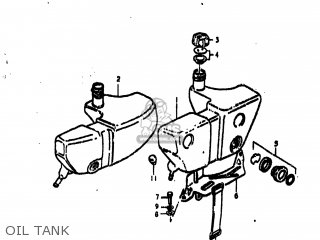
But the biggest issue, we discovered, was going to be finding some new fork stanchions to replace the pitted originals. The bike still needs a few engine details attending to: a new gear shift shaft, and getting the exhaust to seal against the barrel. With a good earth it gave a whacking great spark. The ignition is CDI, which most two strokes used in the late 1970s. Once the bike was finished, everything worked nicely – even though the bike uses a primitive 6 volt system where the lights run on AC directly from the alternator, and a single diode rectifies the output from a second charging coil to give DC for the battery, horn, indicators and brake light. It is amazing how even 40 year-old stuff will work if you just give it back the quality of connection and earthing that it had when it was new. Nothing for it but to go over the bike slowly, repairing piece by piece. It didn’t look great at first: a lot of the existing loom was new, but probably from another model, and all the peripheral electricals were knackered. When he discovered the charging system was playing up he decided it was worth replacing the whole loom.

Peter brought it in half way through a gradual restoration which he wanted to complete while enjoying the ride. The regulators are 13 each from Dennis Kirk. For bigger loads, you probably want to run a headlight off one 12V regulator and signals, tail off another regulator. This gorgeous little Suzuki is 41 years old – and it’s had a hard life. With a stock of more than 250,000 used motorcycle parts, Boonstra Parts is the motorcycle is the disassembly. You can use any ONE of the other 4 wires that produce AC, connect a 12V AC Regulator (Moose has one) and run the bike on 12VAC.


 0 kommentar(er)
0 kommentar(er)
